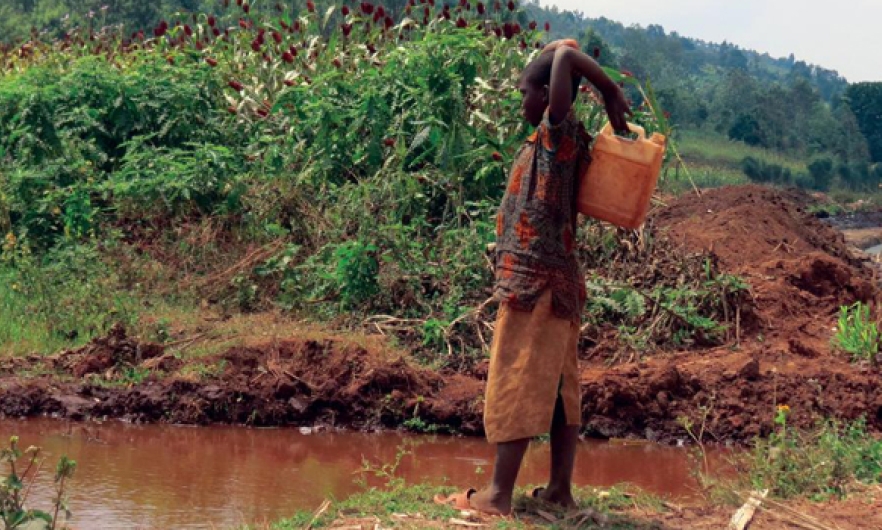A mobile data collection platform helps reveal the prevalence of a neglected tropical disease.
In sub-Saharan Africa, an estimated 200 million people are infected with the parasitic worms that cause schistosomiasis. Released by freshwater snails, the worms penetrate the skin of people who bathe in water contaminated by human sewage. The disease can cause liver damage, kidney failure, bladder cancer and infertility if left untreated.
Working with the Performance Monitoring and Accountability 2020 project, Natalie Exum, PhD ’16, MS, an assistant scientist in Environmental Health and Engineering, is putting mobile technology in the hands of local data collectors to help determine the disease’s prevalence in Uganda.
The trained field data collectors conducted interviews with and collected urine samples from more than 10,000 Ugandans over two rounds of surveys. Uploading their data to mobile devices meant rapid turnaround on an important national survey.
“We’re far outside the capital, far outside any labs, and we’ve been able to get an understanding of the disease, which was not understood at a national scale before,” Exum says. “It’s a neglected tropical disease, and my hope is that this will bring focus onto it.”
These efforts align with the goals of World Water Day, observed every March 22 to bring attention to the importance of access to clean water.
Exum’s work has raised an alarm in Uganda, where policymakers agree that schistosomiasis is more widespread than previously thought. The first round of the survey found a prevalence of 22 percent in Uganda, with 31 percent of children under 5 having active infections, a clear indicator of the challenge ahead.
Exum notes that water and sanitation infrastructure are key to interrupting the transmission cycle of the disease. She hopes that this work will motivate policymakers to provide the sanitation facilities necessary to prevent contamination of water bodies.

